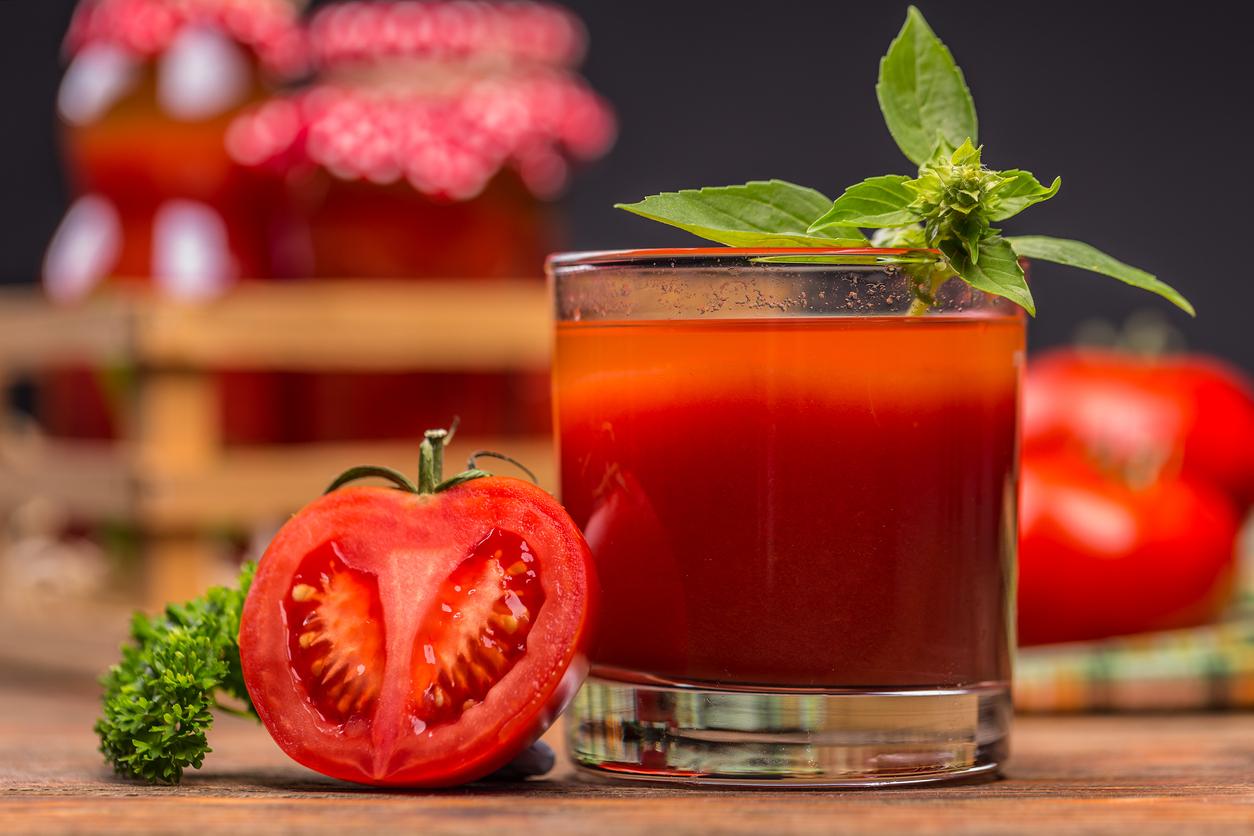About ten people have died and nearly 80 people have been sick after eating Franche-Comté cheeses contaminated with salmonella, in particular from Morbier and Mont d’Or. The epidemic took place in 2015 and 2016. Why was it not publicized?

While the Lactalis affair, punctuated by the salmonella contamination of 38 babies in 2017 and more than 200 between 2005 and 2017, arouses outrage, a new case is born. The Radio France investigation unit revealed on Friday that nearly 80 people were sick after eating raw milk cheese in 2015 and 2016, including Morbier and Mont d’Or, both made in Franche-Comté. About ten people are said to have died, mainly elderly people, already very weakened by another disease.
Nathalie Jourdan-Da-Silva, epidemiologist at Public Health France confirmed that a “national epidemic of Salmonella Dublin, more serious than the others, with a greater risk of death” had developed during the winter of 2015. More precisely, from November 2015 to April 2016. This contamination with salmonella is “the most serious of the last ten years”, affirms to Radio France Fany Molin, spokesperson for the General Directorate of Food which depends on the Ministry of Agriculture.
Why was the matter not publicized?
A traceability survey identified 5 cheese factories. However, it is difficult to recall the cheeses: on the one hand because there are around sixty producers of Mont d’Or and Morbier in Franche Comté and the authorities have not succeeded in identifying the contaminated farms. On the other hand, because the contaminated batches were no longer on sale at the time of the investigation, in particular because their expiry date had already passed.
“It is perhaps these two factors which explain why this contamination was not publicized, whereas all the data were public and that nothing was hidden” affirms to Radio France Fany Molin, of the General Directorate of food.
Reinforced controls
Control measures have since been stepped up among producers and very strict instructions have been given to them. Some have come to control the quality of their products on a daily basis, instead of once a month as it used to be. These measures are costly, but useful since no other contamination with salmonella has been observed in the past two years in raw cheese.
Controls have also been tightened in dairy cow farms in Franche-Comté, said the radio. “Cows whose milk is contaminated are systematically slaughtered, explains Eric February. It was already advised and practiced by a good number of breeders before, but it was systematically requested after the crisis. “
Presentation of Salmonella Dublin
The bacteria Salmonella Dublin invades the lymphatic system of animals. This pathogen was previously mainly detected in cattle herds, but surveillance data indicate that it is now circulating in all other livestock sectors (dairy, cow-calf). According to a information document from the Quebec government – where this bacterium was very present in 2016 -, “infected animals can become asymptomatic carriers and maintain the infection in a farm by shedding the bacteria sporadically”.
The note also clarifies that one of the main concerns regarding the Salmonella Dublin is “the resistance of certain strains to several antibiotics, both in animals and in humans. Consumption of contaminated raw milk, cheese made from raw milk or beef products represents the main source of infection in humans Direct contact with an infected animal is also a possible source of infection “.
#Salmonella Five cheese factories were identified by the DDPP de Franche-Comté following this note. About sixty brands of raw milk cheese were concerned. https://t.co/8mpoRXlyss
– France 3 Franche-Comté (@ F3FrancheComte) April 13, 2018
La Franche Compté, cradle of Salmonella Dublin
In 2011, ANSES already stated in a report, whathe strains of Salmonella Dublin have a very particular geographical distribution, “affecting almost exclusively three regions (Auvergne, Franche Comté and Lower Normandy), within which outbreaks of Salmonella Dublin salmonellosis have persisted for many years, despite prophylactic measures This distribution does not overlap with that of the large cattle breeding basins, but it corresponds to dairy farms which enhance their production with raw milk cheeses “.
Salmonella Dublin: an epidemic history
In 2012, cases of contamination of Saint-Nectaire cheeses were reported. Informed by the National Institute for Health Watch (INVS) of several outbreaks of infections due to Salmonella Dublin, the veterinary services of the Departmental Directorate of Puy-de-Dôme had identified two distinct origins: GAEC FEREYROL (cheese producer farmers) and the GAEC de Farges in Saint-Nectaire. As the government points out in its communicated at the time, contaminated cheeses had been withdrawn from sale.
According to Public Health France, two outbreaks of Salmonella Dublin have developed in Swiss in November 1995 and November-December 1996. Both were attributed to the consumption of a Vacherin manufactured in France. About 40 people had been infected during these two years: 22 had been hospitalized and 6 had died.
Salmonella: revelations on a fatal contamination – An investigation of @CherelLaeti to listen in #Secretsdinfo https://t.co/U1UniMcitu pic.twitter.com/dBTqVfkJdI
– France Inter (@franceinter) April 13, 2018
Salmonella infections which remain frequent in France
According to Public Health France, food poisoning, or “foodborne infections”, represents approximately 1.5 million cases each year and leads to more than 17,000 hospitalizations and more than 200 deaths.
The main causes of infections are viral, but Salmonella is the 1st cause of death and the 2nd of hospitalization. For hospitalizations, we see that if viruses remain predominant (57% with especially Noroviruses), the percentage of bacteria increases markedly with 33% (Campylobacter and Salmonella).
If we are interested in mortality, bacteria hold the upper hand with 182 deaths and 2 bacteria represent the bulk of cases. These are on the one hand, “non-typhoid” Salmonella (n = 62) and Listeria (n = 47). The bacteria Listeria monocytogenes, which represents less than 0.1% of poisonings, ranks second in terms of mortality (65 deaths, or 25% of the total number of deaths), just behind salmonella (26% of the total), note the authors.
.

















